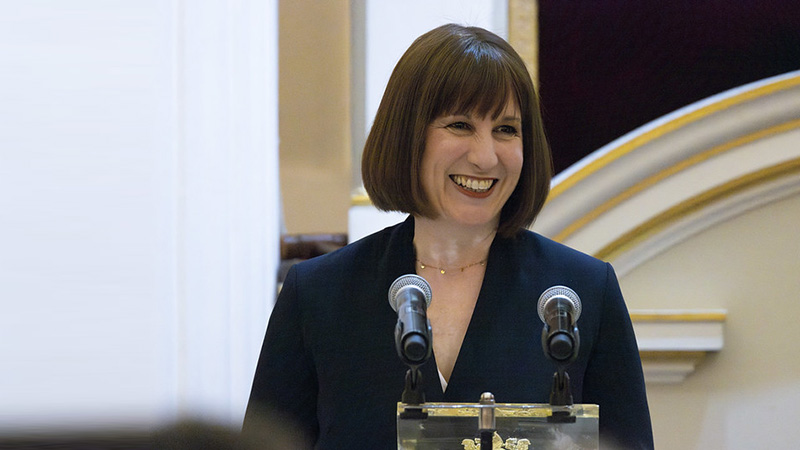Chancellor Rachel Reeves (pictured) will announce plans to pool local government pension assets into eight “mega funds” at her Mansion House speech later today.
Reeves will set out plans to introduce a pensions bill in 2025, which will see the assets of the 86 local government pension schemes (LGPS) brought together.
According to the Treasury, the changes could unlock up to £80bn of investment for infrastructure and businesses in what the government has labelled as the “biggest pension reform in decades”.
See also: Will bond yields stay higher for longer?
The LGPS have a combined 6.5 million members and £360bn in assets. The schemes are projected to manage £500bn by 2030.
Simon Kew, head of market engagement at financial services consultancy Broadstone, said that the chancellor appears to have recognised the “challenge and controversy” of mandating investment in asset classes, so has pivoted to enforcing economies of scale in order to gain more investment in the UK from pension funds.
“The plans to merge Local Government Pension Schemes into a handful of ‘mega-funds’ will need to deliver true consolidation in the management of these funds to obtain the investment impact that the Chancellor hopes for from the combined £500bn in assets. It is pleasing to see an emphasis on supporting local growth given the strong track record some LGPS funds have investing in their area.
“Defined Contribution (DC) consolidation is, generally, a hugely positive step. One concern might be around fees, especially for smaller pension pots, but these savers should also benefit from greater investment returns and safety in numbers. It is pleasing to see the government looking to establish strong governance protocols to further protect members and, with that, will come the fiduciary responsibility to invest appropriately.”
See also: IA: Investors pulled £2.4bn from equities ahead of Budget
Within the reforms are plans to consult upon setting a minimum size for multi-employer DC schemes and provisions, which aims ease the transfer of assets out of underperforming schemes.
“We believe pension scheme members’ assets should be invested through schemes that are structured to provide value for money, and lead to the best outcomes possible with a focus on net of cost investment returns,” James Carter, head of platform product policy at Fidelity International said.
“Creating a scale of assets to facilitate broader investment opportunities (e.g. private assets) can be achieved by “collecting” individual schemes on provider platforms and through common investment strategies designed and deployed by providers.
“Consolidation of schemes is also important, and we welcome the measures announced which will help to address DC schemes which are not structured to deliver better outcomes for members.”
Ashish Patel, a managing director in Houlihan Lokey’s Capital Markets Group, also welcomed the plans.
“By consolidating and focusing disparate pension pots, investors would gain access to high-calibre growth opportunities that are often out of reach for smaller individual funds, but which could be effectively realised under a single, unified framework. Meanwhile, UK companies, particularly those in fast-developing industries, would benefit from patient domestic capital.
“Given the recent announcements suggesting a renewed focus on a cohesive UK industrial strategy, it’s clear that the high-tech industries of the future—life sciences, advanced manufacturing, digital technologies, and others—are precisely the kinds of fertile, innovative fields that would be best placed to drive growth and deliver attractive returns for UK pension investors.”










